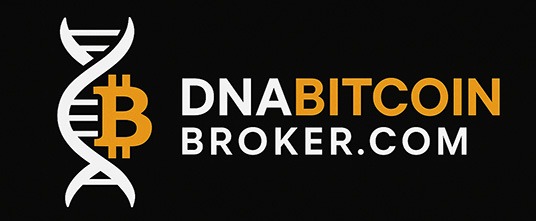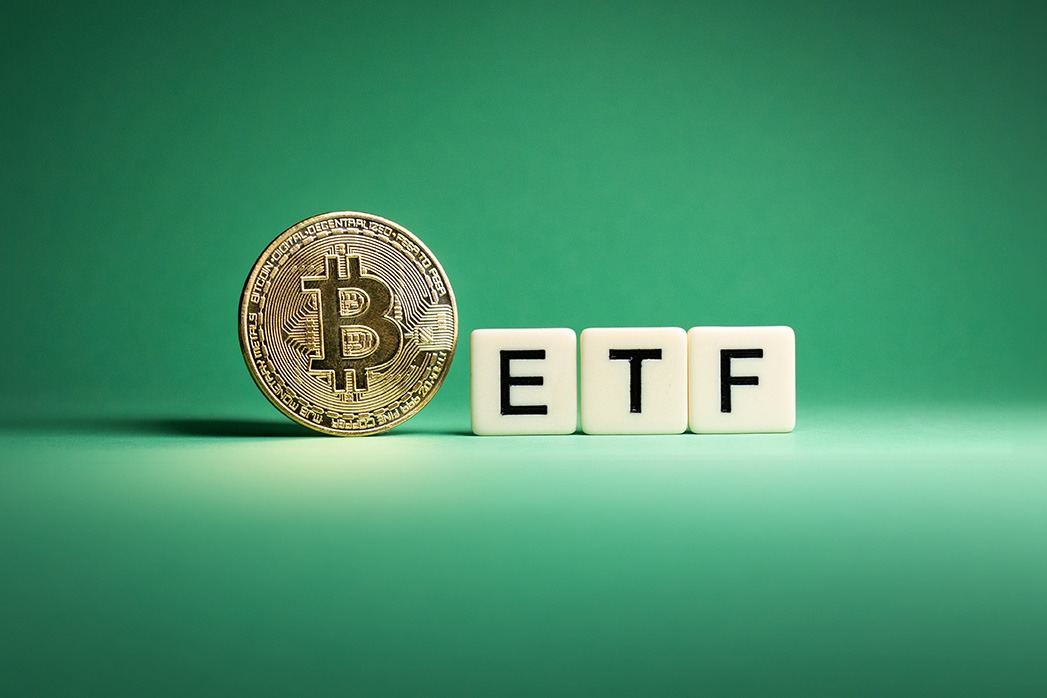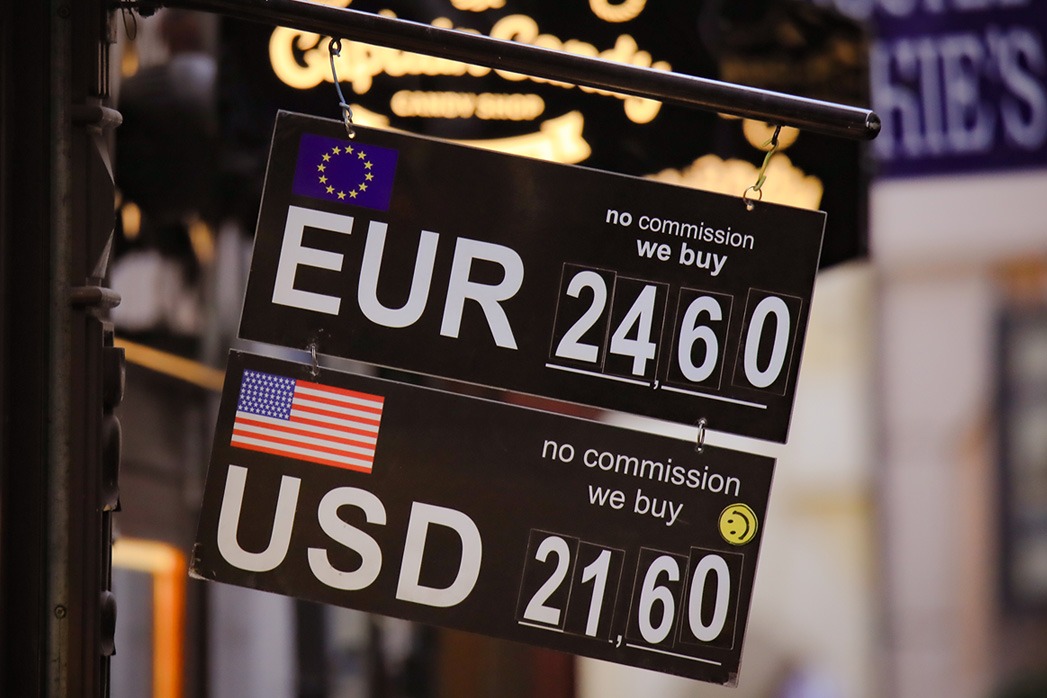Why Stablecoins Are the New Institutional Entry Point into Crypto
“Stability is the bridge between traditional finance and digital freedom.” – DNA Crypto Knowledge Base.
In 2025, Stablecoins became the fastest-growing sector of digital assets, accounting for more than $160 billion in global circulation.
Once viewed as a niche tool for traders, they are now the institutional entry point into crypto, powering cross-border payments, treasury operations, and regulated liquidity solutions — especially in Europe’s MiCA-driven markets.
For institutions, Stablecoins represent the missing link between the speed of blockchain and the stability of fiat currency.
Learn more: Global Impact of MiCA
What Are Stablecoins?
Stablecoins are digital assets pegged to stable reserves such as the euro, U.S. dollar, or commodities like gold.
They are designed to maintain consistent value while enabling instant, low-cost global transfers — making them ideal for businesses and financial institutions entering blockchain markets.
There are three main categories:
-
– Fiat-backed Stablecoins – backed 1:1 by reserves (e.g., USDT, USDC, EURC).
-
– Crypto-collateralised Stablecoins – secured by on-chain assets (e.g., DAI).
-
– Algorithmic Stablecoins – maintained via supply algorithms (mostly phased out after 2022).
In today’s market, regulated, fiat-backed Stablecoins dominate institutional adoption, with MiCA and PSD3 compliance providing new legal certainty across Europe.
Explore: DeFi and MiCA Regulation
How Institutions Use Stablecoins
Stablecoins are now essential for institutional crypto operations, bridging the old and new financial worlds.
1. Cross-Border Payments
Corporations and Fintechs use Stablecoins to settle global transactions 24/7, bypassing SWIFT delays and intermediary fees.
In Europe, EURC (Euro Coin) has become a preferred payment token under MiCA-aligned custody models.
2. Treasury Management
Hedge funds and asset managers use Stablecoins for instant liquidity and on-chain diversification, enabling seamless capital movement between exchanges and DeFi protocols.
3. Tokenisation & Yield
Stablecoins provide the base layer for tokenised real-world assets (RWAs) — including bonds, property, and carbon credits — with transparent, programmable yields.
4. Settlement Layer for Exchanges
Exchanges and brokers increasingly use Stablecoins for instant collateral and fiat off-ramps, reducing counterparty risk while increasing liquidity.
See: Institutional Tokenisation
Stablecoins in Europe: The Regulation Advantage
Europe is now one of the most stable environments for regulated stablecoin growth.
The Markets in Crypto-Assets Regulation (MiCA) — implemented in 2024 and expanding through 2025 — introduced clear classifications:
-
– ARTs (Asset-Referenced Tokens): Pegged to a basket of currencies or assets.
-
– EMTs (E-Money Tokens): Pegged to a single fiat currency (e.g., EURC, USDC).
Under MiCA, issuers must:
-
– Hold verifiable reserves.
-
– Provide transparent audits.
-
– Register with the European Securities and Markets Authority (ESMA).
This regulatory clarity is attracting banks, fintechs, and payment providers to integrate Stablecoins as regulated liquidity tools rather than speculative assets.
Explore: MiCA and Investor Protections
DNA Crypto: Powering Institutional Stablecoin Access
As a VASP-licensed brokerage in Poland, DNA Crypto connects traditional institutions to compliant stablecoin infrastructure.
We support:
-
– EURC and USDC settlements for institutional clients.
-
– Cross-border liquidity services for tokenised payments and treasury flows.
-
– Secure, insured custody aligned with MiCA and EU AMLD frameworks.
-
– Advisory services for corporates exploring tokenised payment rails.
At DNA Crypto, Stablecoins are more than trading tools — they’re the connective tissue of the new digital economy.
Learn more: Crypto Custody Solutions
The Bottom Line
Stablecoins are no longer a crypto side product — they’re the main entry point for institutions into blockchain finance.
With MiCA providing legal certainty and infrastructure maturing across Europe, Stablecoins are set to become the digital cash layer of the global economy.
For businesses, the message is simple:
Stablecoins are not just stable — they’re strategic.
Image Source: Envato Stock
Disclaimer: This article is for informational purposes only and does not constitute legal, tax, or investment advice.



